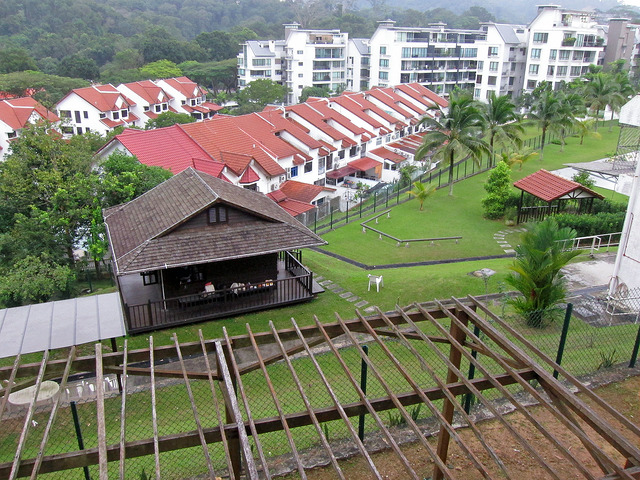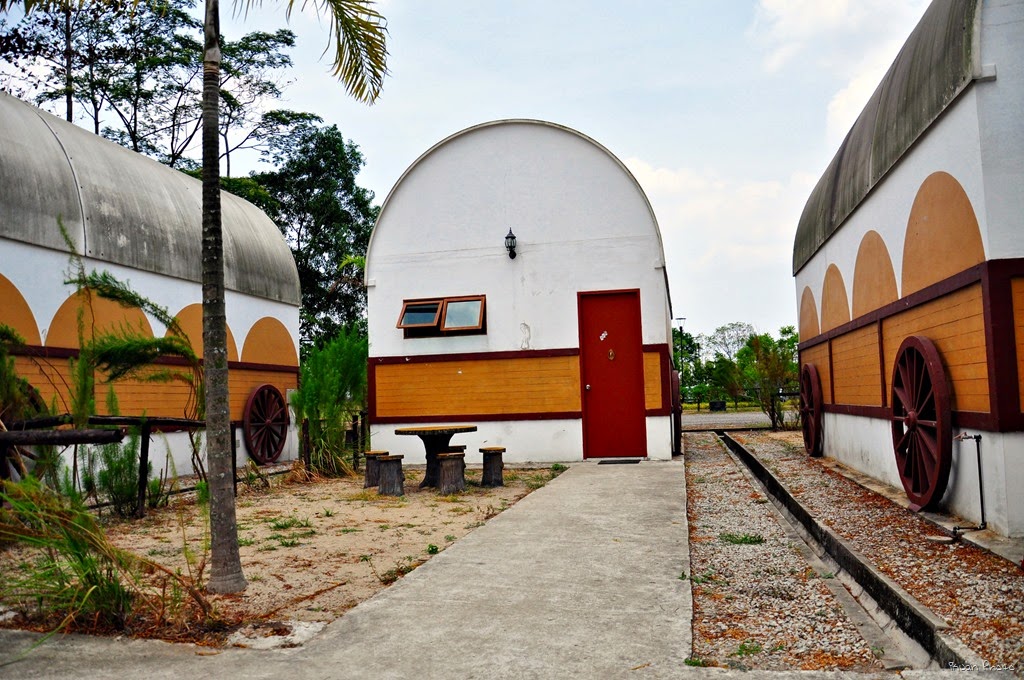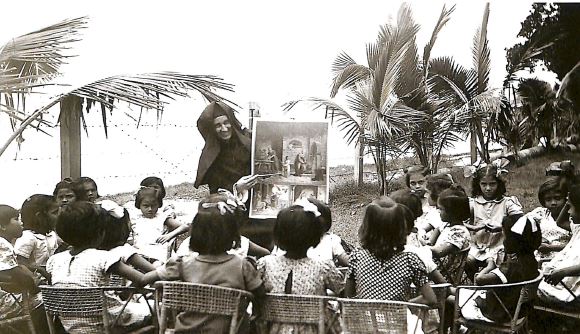In our valiant efforts to impart knowledge to our students, have we been faithful in reflecting Christ’s love and compassion to them? As we celebrate Teacher’s Day in the Year of Mercy, let us ponder on the ways in which we can become merciful and life-giving educators.
The Extraordinary Jubilee Year of Mercy, which began on 8 December last year, will end on 20 November, on the Feast of Christ the King. In an attempt to reawaken the spirit of benevolence in the Church, Pope Francis has repeatedly called for Catholics to openly practise compassion, forgiveness and patience in their lives, emphasising the paramount importance of showing kindness to one another.
What does this call mean for Catholic educators? As teachers, we hold the future of young people in our hands. Year after year, we work towards helping them grow in knowledge, character and spirit. In our bid to push our students to greater heights, have we forgotten that mercy ultimately lies at the heart of the education mission? How then, can we exhibit mercy in our daily work? Here are some ways to make full use of the remaining time in the Year of Mercy.
Be renewed in spirit
We cannot give what we don’t have. To spread God’s love to our students, we must first experience it in our lives. Amidst the busy-ness of our day-to-day schedules, we may fail to notice God knocking on our hearts. Although He is persistent in His desire for us to mend our broken ways and return to Him, we cannot hear Him unless we first quieten ourselves, and set our lives in order.
Take some time to participate in the Archdiocese-wide or parish-based activities specially organised for the year. Go on a pilgrimage to one of the five Holy Doors in Singapore (at the Churches of the Sacred Heart, St Vincent de Paul, Risen Christ, Divine Mercy, and Holy Cross) and spend some time in prayer. Go for the Sacrament of Reconciliation. Participate in charity outreach activities organised by your parish. It is also a good practice to go for Mass daily, so that you can be spiritually prepared for the day ahead.
Get to know fellow Catholic teachers in your school and form a network of mutual support. Colleagues you can trust and confide in serve as a source of courage during trying times, sparing you the agony of facing the pressure alone. Just as Jesus sent out His disciples two-by-two to preach God’s message (Mk 6:7), we too, need somebody to lean on when the going gets tough.
Be understanding mentors
In the Gospel, Jesus reiterates the prevailing role of compassion in God’s plan: “I desire mercy, not sacrifice.” (Mt 9:13) Indeed, God’s divine will prioritises the emotional growth and spiritual well-being of His children over their academic accomplishments. We are not drill instructors who blindly pummel formulae and technical knowledge into our students. Rather, we are mentors and role models to them, as they discover more about themselves and mature as adults. The call to nurture them as intelligent, responsible and confident persons requires us to journey with them.
Start by examining the social context they live in, the values they grew up with and the information they engage with on a daily basis. What are the latest trends that influence them? What are their career aspirations? Where do they hope to further their studies? Reflecting on these questions will make it easier for us to relate to them. Only by coming to understand their worries, dreams and beliefs can we be better confidants to our young people.
During lessons, we may notice one or two students who seem to be troubled, or are more prone to emotional outbursts than their peers. There are also students who tend to be more rowdy in class, and who periodically disrupt lessons with their mischief. Instead of labelling these students as ‘problems’, make a special effort to reach out to them. Seize opportunities for conversation, and you might learn more about their lives. Establishing rapport with students will go a long way in making lessons more efficient and effective.
Pray for your students
Most importantly, we must not forget that the greatest gift we can bring to our students is the Kingdom of Heaven. Though our profession is to educate them about the wonders of the world, our divine task is to lead them towards the embrace of God. And what better way to begin this calling than to ask God to shower them with His blessings? Just like a caring father who would only give the best to his child, He is ever-ready to give good things to those who ask (Mt 7:7-11).
Before your first lesson every day, dedicate a chaplet of the Divine Mercy or a decade of the rosary for the intentions of your students. Ask God to help these young people focus as they learn more about the world He has created. Ask Him to protect them from all harm and evil influence, and to only pick up values that will mould them into upright persons of integrity. Ask our Lady to intercede for them, that they may open their hearts to Christ.
In praying for our students, we are reminded of our special role as Catholic educators, delivering God’s love and mercy to the next generation. Let us optimise the last months in Year of Mercy to bring our youths closer to God and His Kingdom, and extend His boundless love through our service.

















